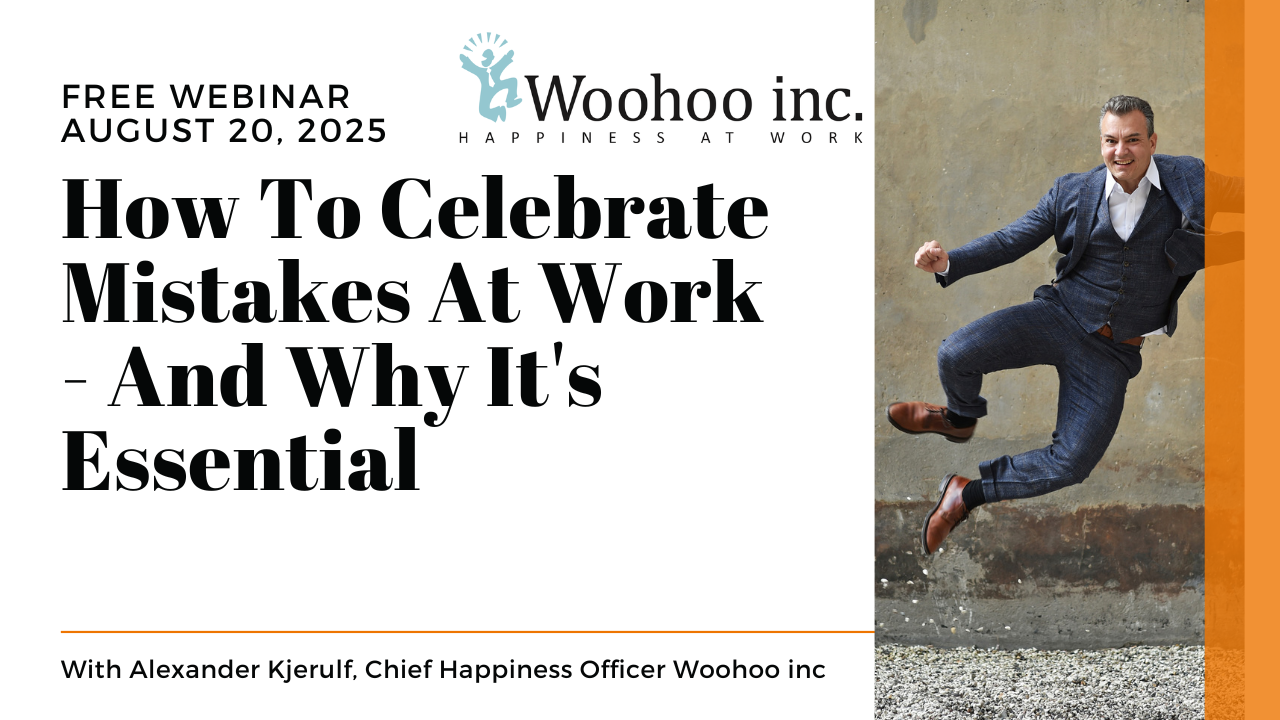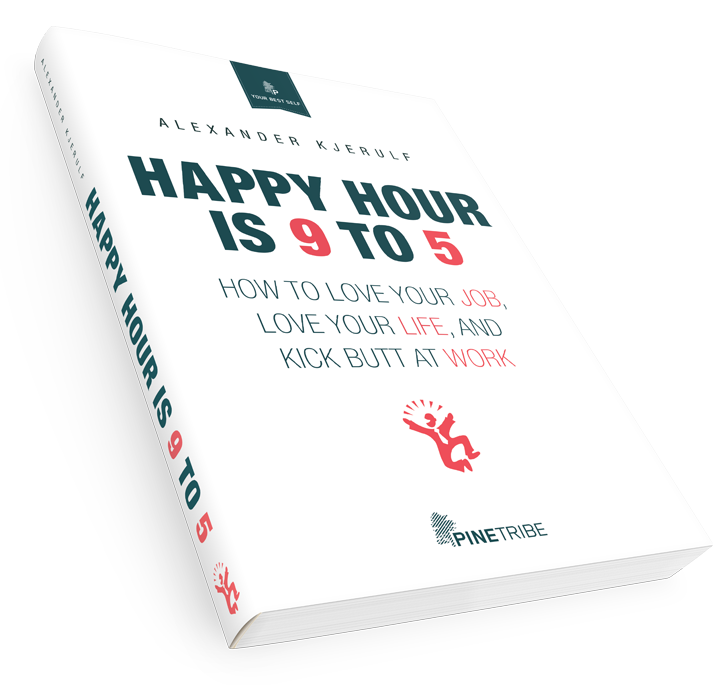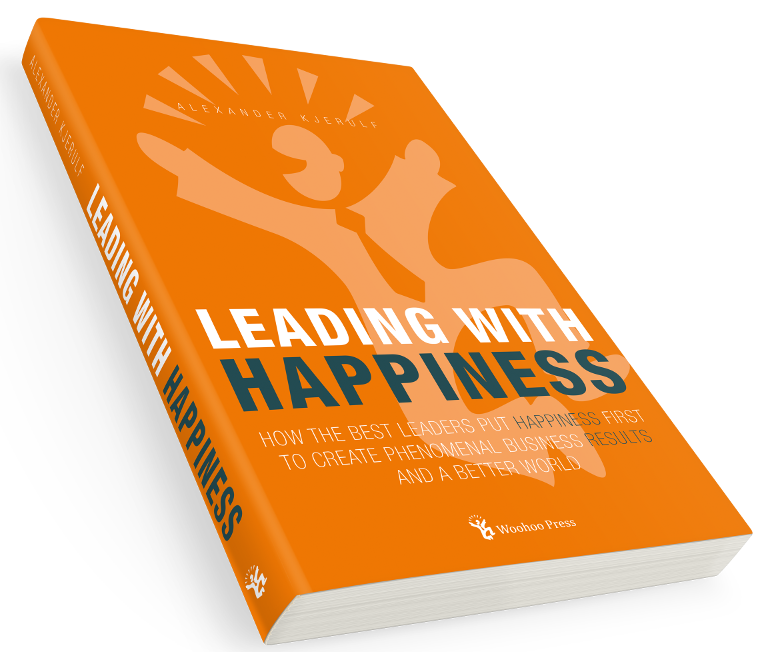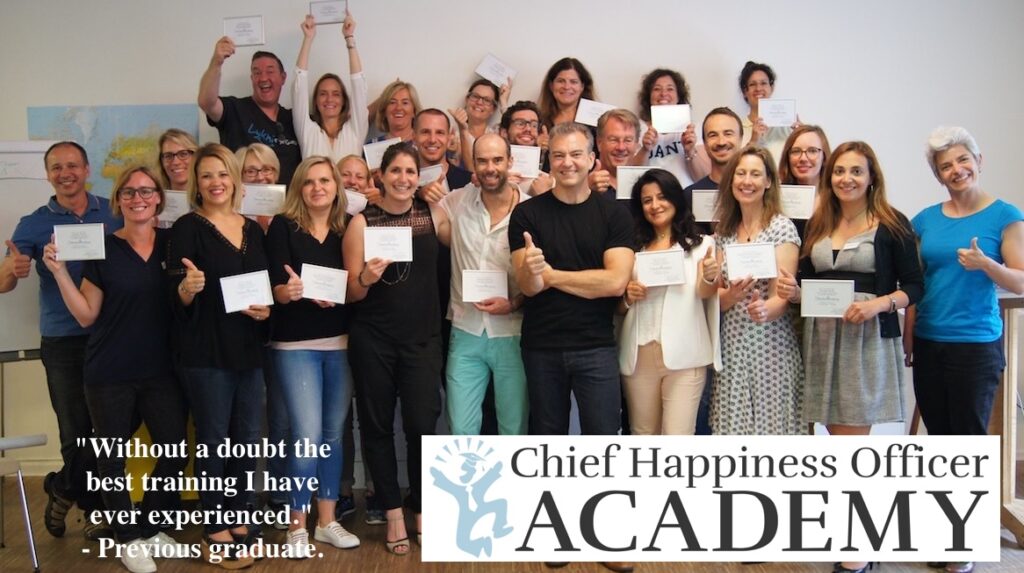When David Marquet took command of the nuclear submarine USS Santa Fe, he knew he needed to change a lot of things. It was the worst performing submarine, was never ready for its missions on time and was basically the laughing stock of the US navy.
David came in with a plan to improve the results on the submarine and thereby make its crew happier. By accident, he found that he had to do it the other way around: Make the submarine a happy workplace and results would follow.
The new plan worked, and the USS Santa Fe became the best performing submarine.
In this speech from the Arbejdsglaede Live! 2013 conference, David Marquet explains how he did it and how you can create a happier workplace too.


































 I am quoted extensively in
I am quoted extensively in 

